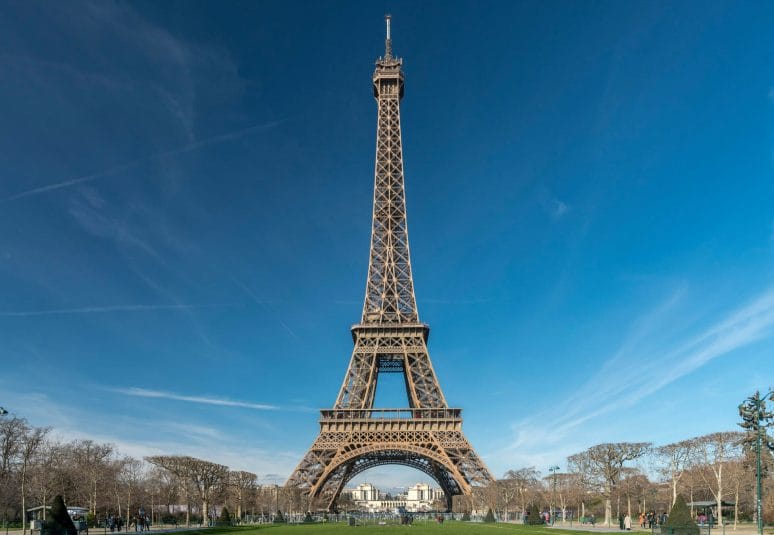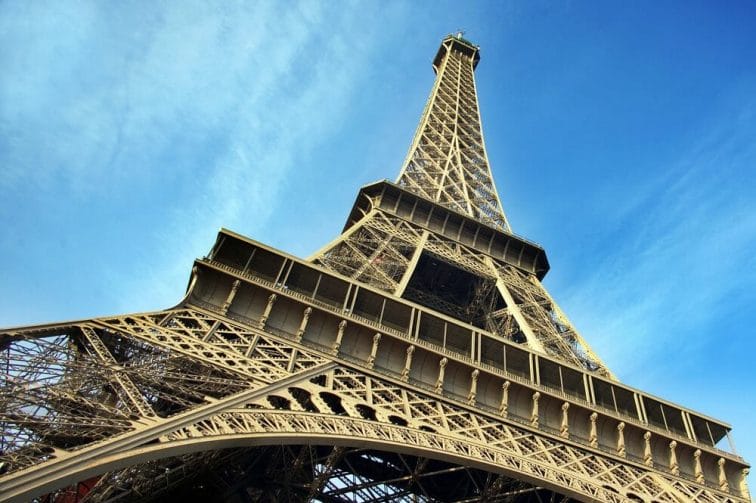Eiffel Tower is the most visited monument attracting around 7 Million visitors on average every year. But when it was constructed for the World’s Fair in 1889 it was initially meant to last for the next 20 years.

It hosts different scientific experiments and research which has helped in extending its life expectancy with the new supposed scientific upgrade. The latest scientific innovation has given this landmark more time to stick around and let future generations enjoy this architectural marvel. The latest upgrade will give Eiffel Tower a lasting purpose.
This Paris delicacy was engineered by Gustave Eiffel who used it to study astronomy, conduct electricity and physics experiments, and strived to establish it as an antenna that would foster the advancement in telegraphy and radio and TV broadcasting eventually.

Scientific innovation and advancement saved the monument more than a century ago and now, it will make the structure more energy efficient and reduce its carbon footprint in the future. An ultra-low-global warming potential refrigerant(GWP) is adopted by The Société d’Exploitation de la Tour Eiffel- the organization that operates the monument, to reduce the carbon dioxide equivalent emissions.
Solstice® ze is based on Hydrofluoroolefin (HFO) technology and provides a cooling solution that eliminates ozone depletion. The equipment for the technology is provided by French Distributor Climalife and components are manufactured by AF Energy. These people along with the french refrigeration specialist ALM Friod are supporting a new cooling system for Eiffel Tower.
The legacy refrigerant has a high global warming potential and it is being replaced with a new cooling system. After the incorporation of an upgraded system, Eiffel Tower can operate more efficiently and stay standing still for visitors in the future to keep coming to admire this historic site.




















